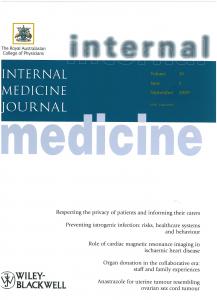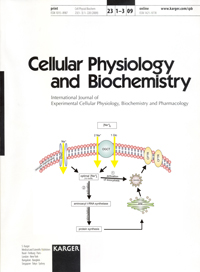
“Does signaling via the cannabinoid (CB1) receptor play a role in the pathogenesis of endometriosis in a mouse model?
The expression of components of the endocannabinoid system has been demonstrated in both mouse and human uteri. CB1 receptors are expressed in human epithelial and stromal cell lines derived from eutopic endometrium and deep infiltrating endometriosis nodules.
This was a randomized study in a mouse model of endometriosis.
We provide evidence that endocannabinoid signaling via CB1 receptor plays a role in the development of endometriosis in a mouse model.
However, the relative contribution of the CB1-mediated signaling pathways active in inflammatory, uterine and peritoneal cells remains to be ascertained. Since the study was performed in a mouse model, the significance of the findings in the human system warrants further investigation.
Clarifying the function and regulation of CB1 and its molecular interactions with endogenous ligands, and how endocannabinoids levels are regulated in women with endometriosis, represent critical areas of research for the potential development of a novel medical treatment of the disease.”








.png)
